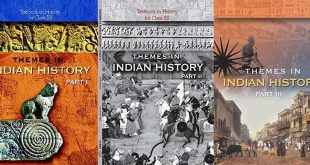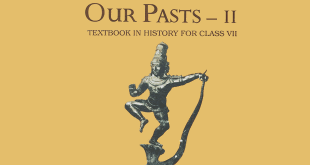Question: Define-density of population, birth rate, death rate, annual population growth, age composition and sex ration.
Answer:
- Density of population: The number of people living in one sq km areas of land is called density of population. The density of population varies from one areas to another.
According to the density of population, we can roughly divide the world into three regions.
(i) Thickly populated areas
(ii) Moderately populated areas
(iii) Sparsely populated areas - Birth rate and death rate: The number of live births or deaths per thousand persons in a year is known as birth rate and death rate respectively.
- Annual growth rate: The difference between the birth and death rates in a year gives the annual growth rate of population.
- Age Composition: Age composition refers to the number of people in each age group. For example, the number of people in the age groups of 0-4 years, 5-9 years and so on. Generally, the population of a country is broadly divided into-children (0-14 years), adults (15-59 years) and aged (60 years and above).
- Age-sex pyramid, also known as the population pyramid, helps us to understand the population composition of any country. It tells us about the distribution of females and males in different age groups.
- Sex Ration: The ration between males and females is known as sex ration. It is represented as the number of females per 1,000 males.
Question: Discuss the different components of population composition.
Answer: Population Composition: The population composition refers to the structure of the population. Age, sex, literacy and occupation are some of the components of population composition. These components vary greatly from country to country and from time to time.
Age composition refers to the number of people in each age group. For example, the number of people in the age groups of 0-4 years, 5-9 years and so on. Generally, the population of a country is broadly divided into-children (0-14 years), adults (15-59 years) and aged (60 years and above).
- Age-sex pyramid, also known as the population pyramid, helps us to understand the population composition of any country. It tells us about the distribution of females and males in different age groups.
- Sex Ration: The ration between males and females is known as sex ration. It is represented as the number of females per 1,000 males. Generally, it should be balanced, but it has been noticed that male births exceed female births in almost all societies due to biological reasons. In underdeveloped countries the sex ration is often unfavorable to females. This is due to high female mortality.
- Literacy: People are not equally educated in every part of the world. Major factors which affect the literacy rate are the levels of economic development, urbanization, standard of living, social status of women, availability of educational facilities and government policies. The literacy rate is higher in urban areas than in rural areas. It is also more among the males than the females. Literacy influences the social and economic development of a country.
 Class Notes NCERT Solutions for CBSE Students
Class Notes NCERT Solutions for CBSE Students




